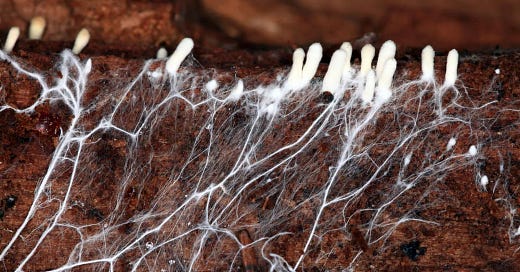Garden essentials : No-Dig. What is it? Why do it? And how to do it....
Looking after our soil
What is No-Dig - and why should we do it?
We so often hear terms bandied about in gardening, and there’s often an assumption that if you have even the slightest interest in gardening, you’ll know exactly what they mean. Words are sprinkled into conversations to keep up with the latest trends and fashions, but the truth is, many of us are unclear about what they mean and even less sure about what to do.
You might have heard of the term ‘no-dig’, but do you understand it?
Well, The Gardening Mind is here to help. This article is by our friend Julia, who is my go-to guru for all things soil-related. You can find her advice on composting here, and how to make leafmould here.
Shedding light on the unglamorous but critical subject of preparing the ground for planting, using the ‘no-dig’ method
What is ‘No-Dig’?
In its simplest form, ‘no-dig’ is planting into soil with minimal disturbance. If you have an existing flower bed or vegetable garden, making a small hole no bigger than the root ball of your plant, and then adding the plant with minimal soil movement, ie not ‘loosening’ the area, is a form of no-dig. However, the key to the success of ‘no-dig’, lies in my favourite subject, compost.
A little bit of geeky information:







